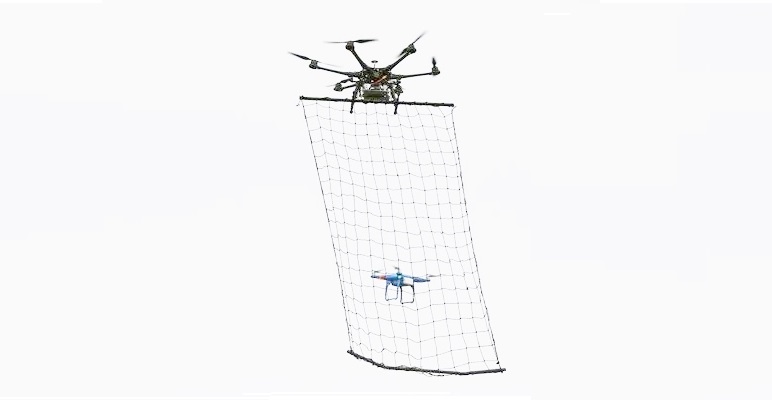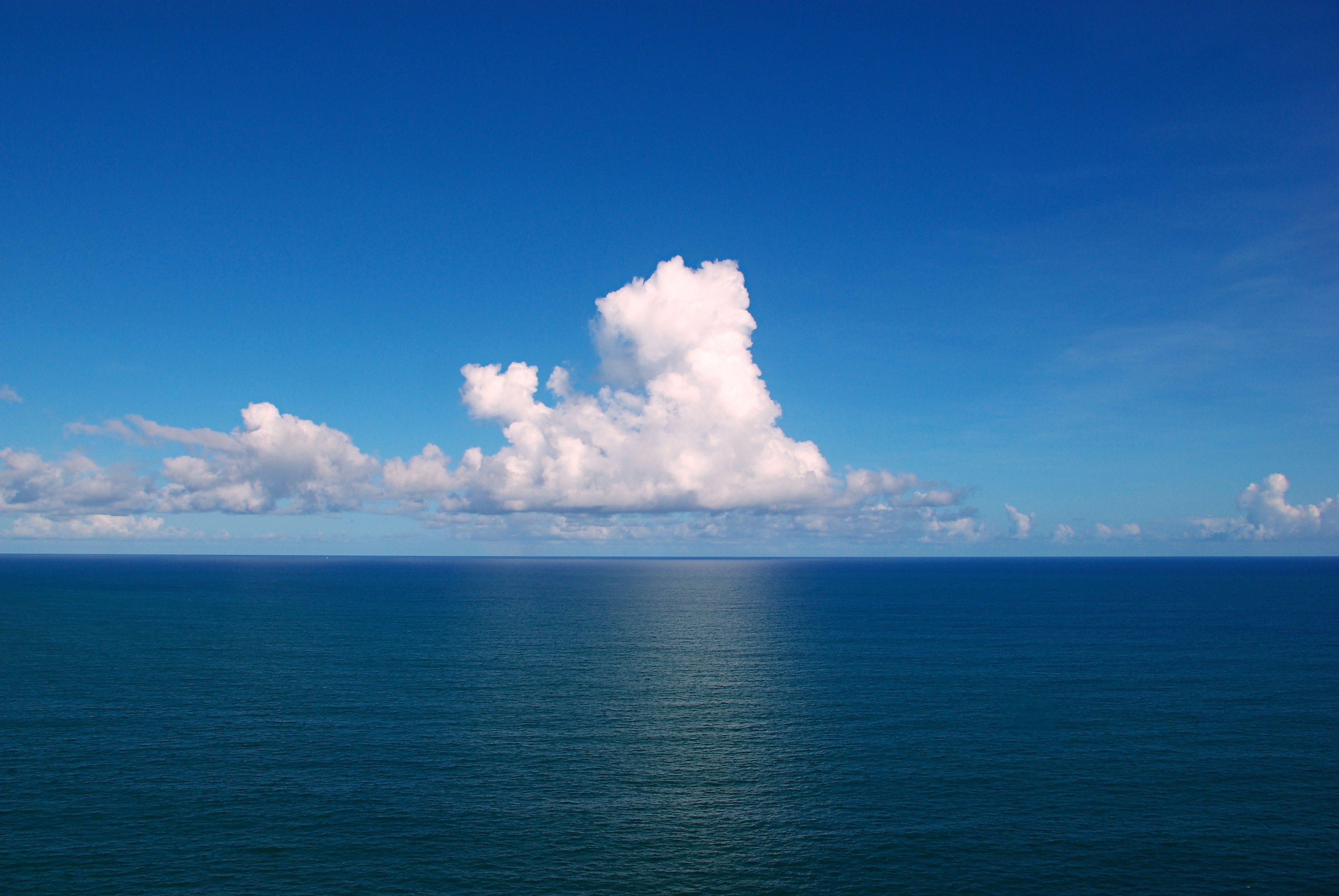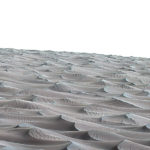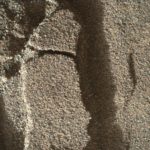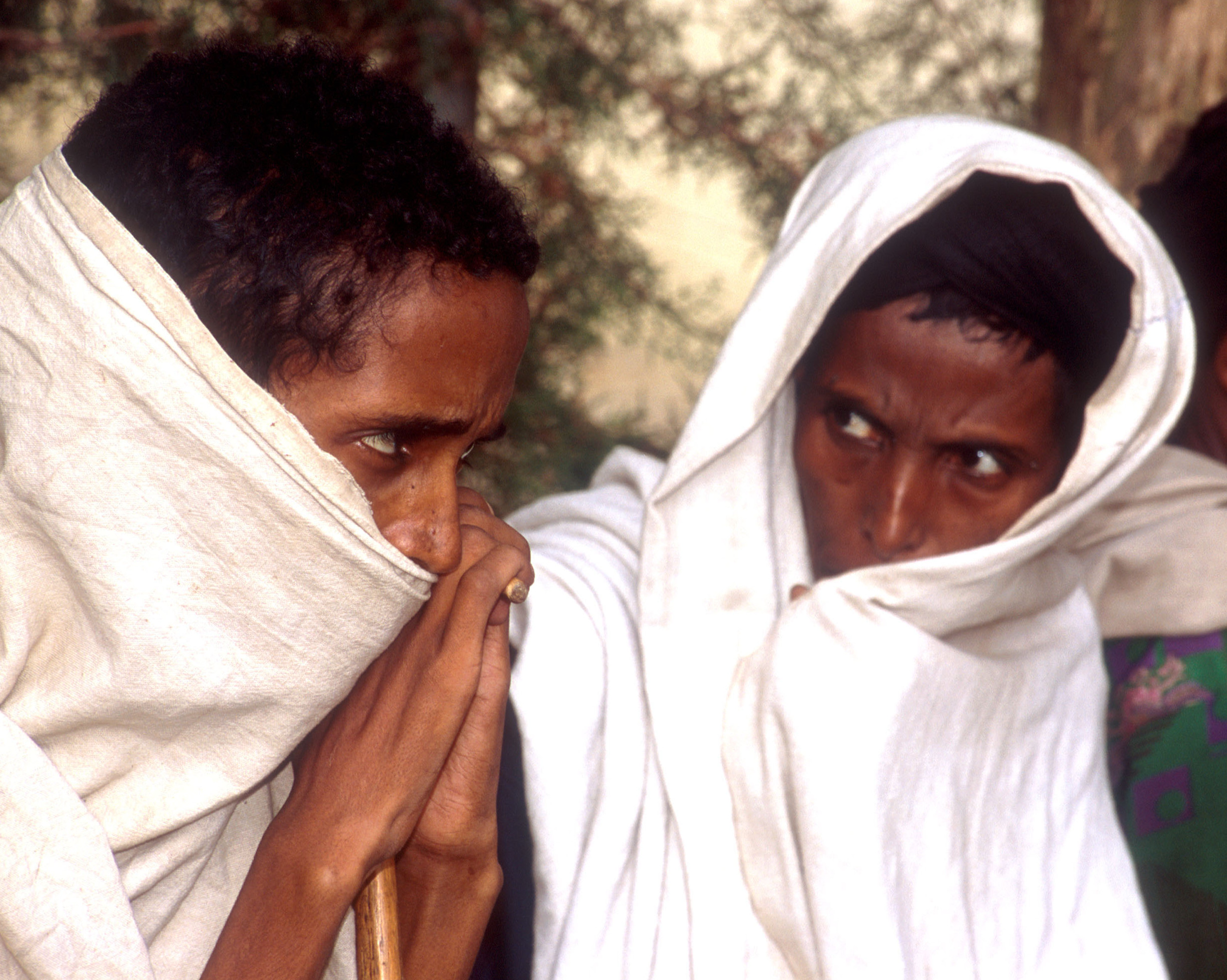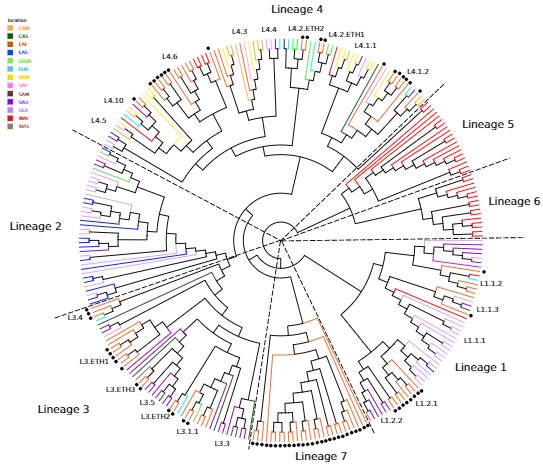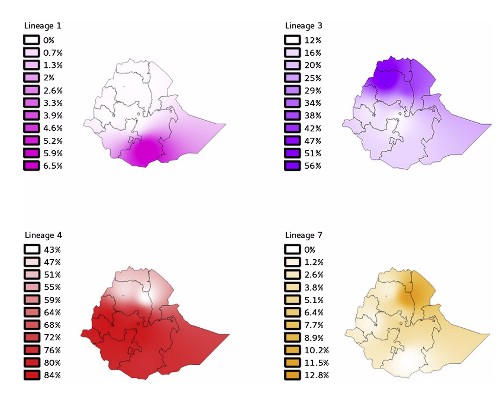ISIS will be eliminated in about six months, Assange predicted, who blamed both Russia and Turkey for the jet downing last month
Wikileaks publisher Julian Assange spoke via live video stream on a panel on security and surveillance featuring terrorism expert Philip Giraldi, political activist Raymond McGovern, and strategic analyst Gregory Copley Thursday. At the end of the discussion, hosted by broadcast organization Russia Today, Assange commented on the recent developments in the Middle East. Assange criticized Russia for its action in the region, as well as its “severe incompetence” with regards to its jet being shot down by Turkey in November. He also made predictions about the end of ISIS as a significant power, and hinted at new information he had received about the last Turkish election and how it may relate to the jet incident.
“Northern Turkey can be looked at as ‘Novo Turkey,'” said Assange. “It’s a similar situation to which Russia was dealing with in the Ukraine.”
“And that if we imagine a situation where let’s say the United Kingdom came in and bombed rebels in eastern Ukraine in support of western Ukraine — Russian-backed rebels — what would the Russian response be? Would it be to shoot down those planes if it could find a technical excuse to do so?
https://www.youtube.com/watch?v=Yn4IvHgb7Qk
“And I think the answer is ‘Yes,’ that the domestic nationalist imperative would be to do that.”
Assange continued to criticize Russian actions or lack of actions preceding the downing of its jet along the Turkish border.
“And Turkey send out many warnings. Sorry, it sent out several warnings to Russia in the preceding week.”
Assange began to speak of information relating to the last Turkish election, and that policy established at that time had a part in the jet’s being shot down.
“Now there is some other information that has arisen which what perhaps occurred was a plan that was set in train immediately before the election — the Turkish election, which Erdogan won. And that was a national imperative to win that election.
“And rules of engagement were set up such that if there was a technical violation — even for a second — of Turkish airspace or it could be suggested that there was, this would be a plan to ensure winning that election. And those rules of engagement were not taken down.
https://www.youtube.com/watch?v=UyEuc4PjVQk
“I’m not sure what the result is but you can see that it’s quite a complex situation, that we don’t have time to go into, but Turkey has historical interest in northern Syria. It has also used the Kurds to create a form of nationalism in Turkey. It is going to continue to push to have various forms of control of at least northern Syria, and that’s a conflict with many different actors that I don’t see going anywhere nice. It’s impossible to satisfy all those actors at once.
“And I really think that while shooting down Russia’s jet was not justified, we have to pause and consider what is perhaps a severe incompetence of Russian intelligence services. Severe incompetence in relation to Ukraine, and severe incompetence in relation to Turkey, because there were plenty of warning signals being given off by the Turks. Why won’t those warning signals properly understood?”
Assange also made predictions about the impending end of ISIS as a significant power. ISIS would be “almost completely debilitated as a state” in about six months time, said Assange, and will return to being a guerilla group.
The U.S., Russia, Iran and other groups which had been militarily active against ISIS would then remain in the region, Assange believed, and continue other activities.
By James Haleavy
